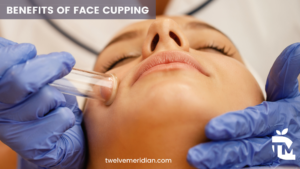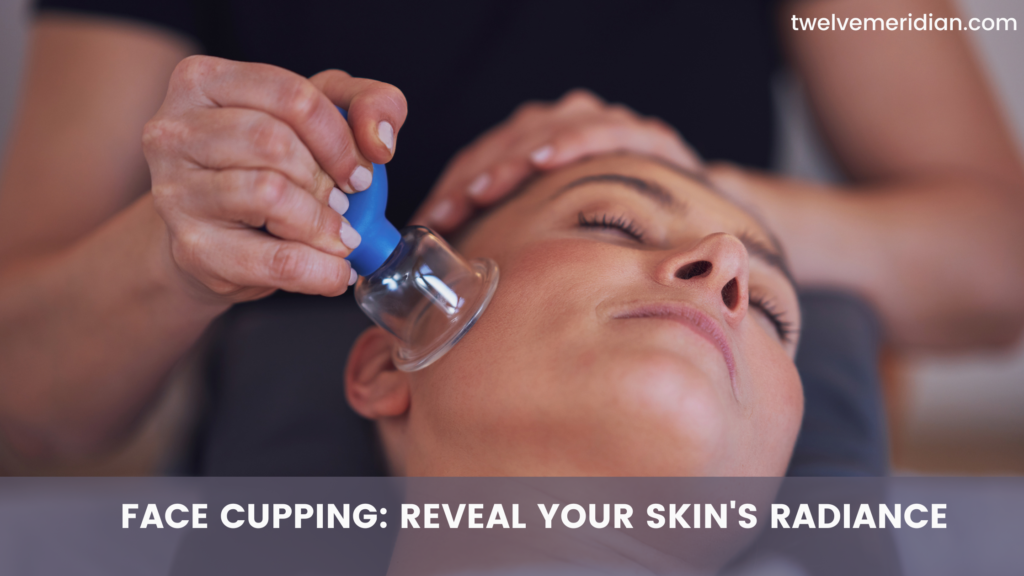Face cupping, an alternative therapy using suction cups, has gained popularity for its potential benefits in skin rejuvenation. This article explores the principles, techniques, benefits, and considerations of facial cupping, including how to perform it at home and find a qualified practitioner.
What is Face Cupping?
Facial cupping involves the application of small, soft cups on the face to gently lift the skin and stimulate blood circulation. Unlike body cupping, it aims to improve the complexion, reduce the appearance of fine lines and wrinkles, and relax facial muscles. This non-invasive treatment is rooted in ancient practices and Traditional Chinese Medicine, but it has gained recognition in modern skincare routines.
How Does Face Cupping Work?
The suction effect created by the cups increases blood flow to the facial area, promoting the delivery of oxygen and nutrients to the skin. This stimulates cell repair, collagen production, and strengthens connective tissues. Additionally, the mechanical trauma caused by cupping triggers an inflammatory response, which mobilizes white blood cells and promotes natural healing processes.
Benefits of Face Cupping


Facial cupping offers several potential benefits, including improved blood circulation, enhanced skin tone and elasticity, reduction in fine lines and wrinkles, relaxation of facial muscles, and regulation of oil production. It may also minimize the appearance of scars, decrease puffiness, and improve the absorption of skincare products. These effects contribute to a brighter, rejuvenated complexion and overall skin health.
Safety and Considerations
Facial cupping is generally safe, but there are some considerations to keep in mind. It should not be performed on broken or inflamed skin. Minor side effects like dizziness or temporary redness may occur during or after treatment. To ensure safe and effective results, it is advisable to seek guidance from a qualified practitioner or follow instructions provided in reputable at-home cupping kits.
Performing Face Cupping at Home
While professional guidance is recommended for beginners, it is possible to perform facial cupping at home. It involves cleansing the face, applying a light layer of face oil (optional), and using small cups to gently glide over specific areas. Care should be taken to keep the cups moving and avoid bruising. After the session, the face can be cleansed, and regular skincare products can be applied.
Conclusion
Face cupping is an alternative therapy that offers potential benefits in skin rejuvenation. By understanding the techniques, benefits, and safety considerations, individuals can decide whether to explore facial cupping at home or seek the expertise of a qualified practitioner for professional care.



